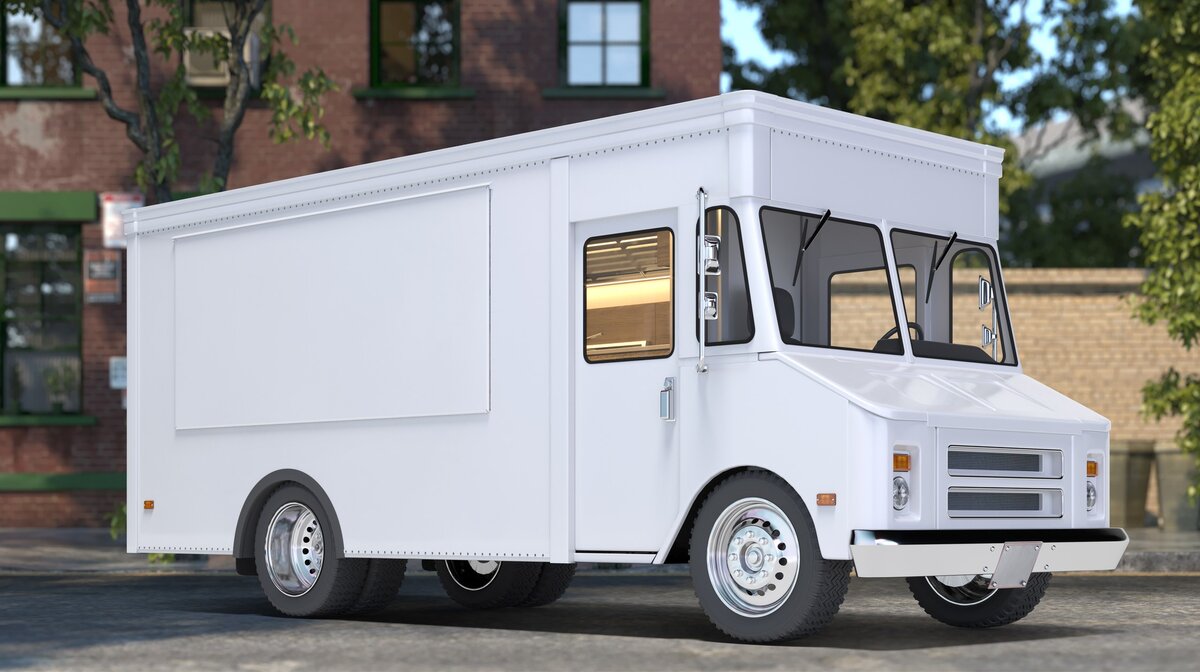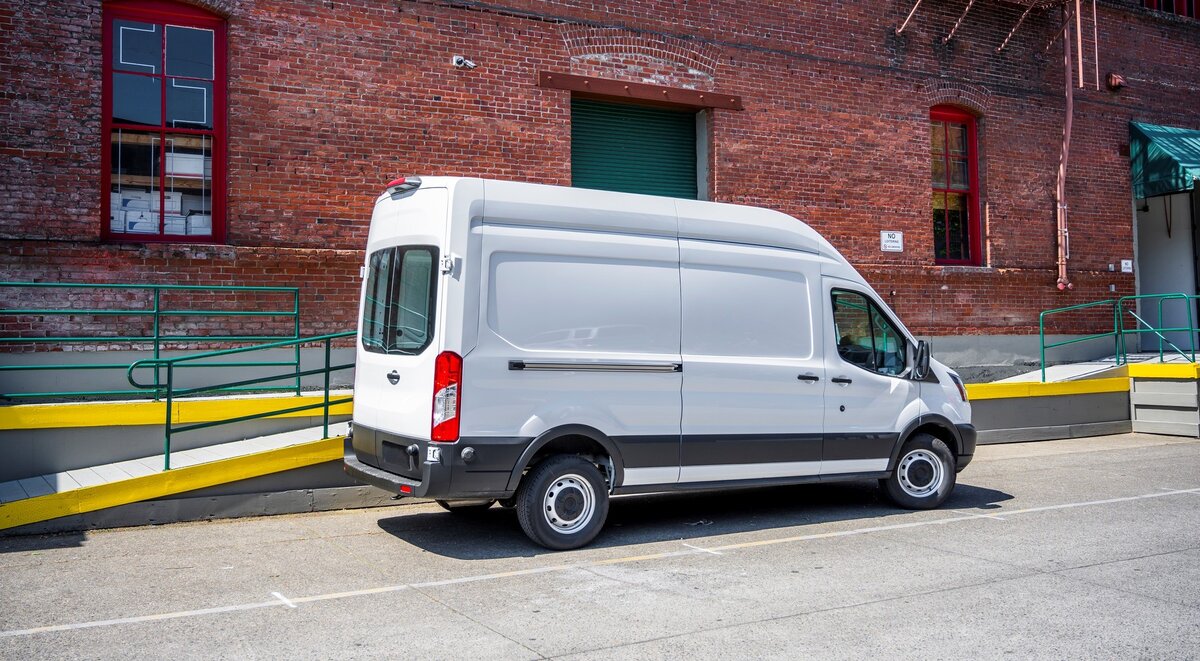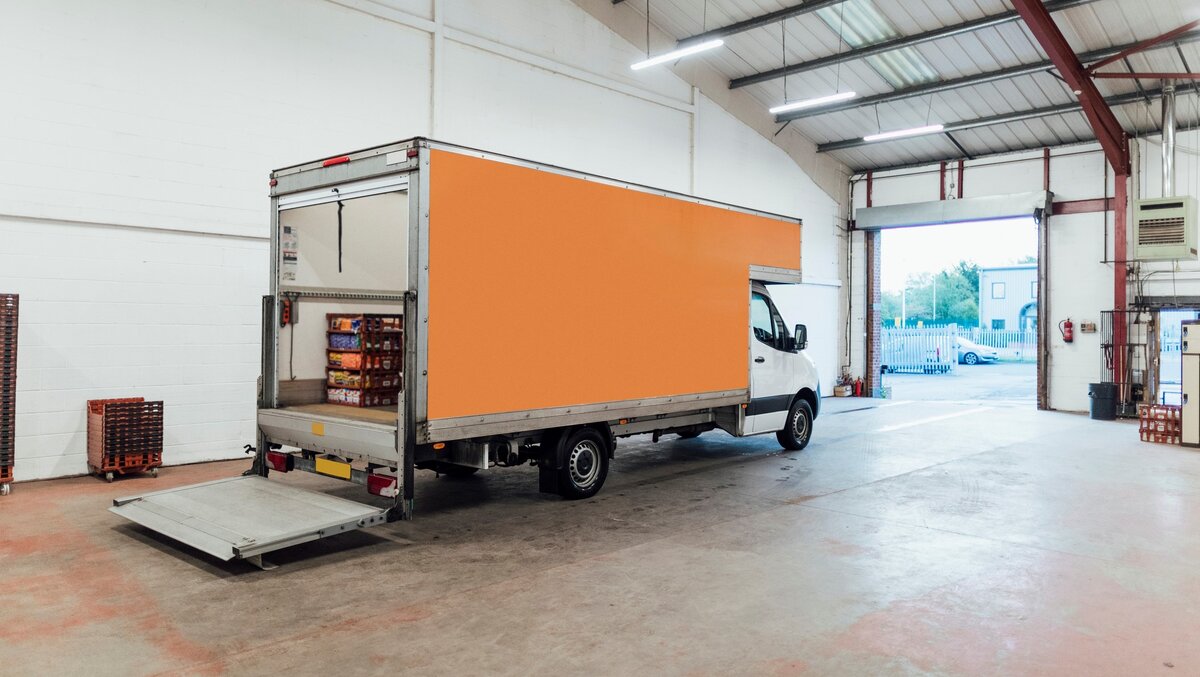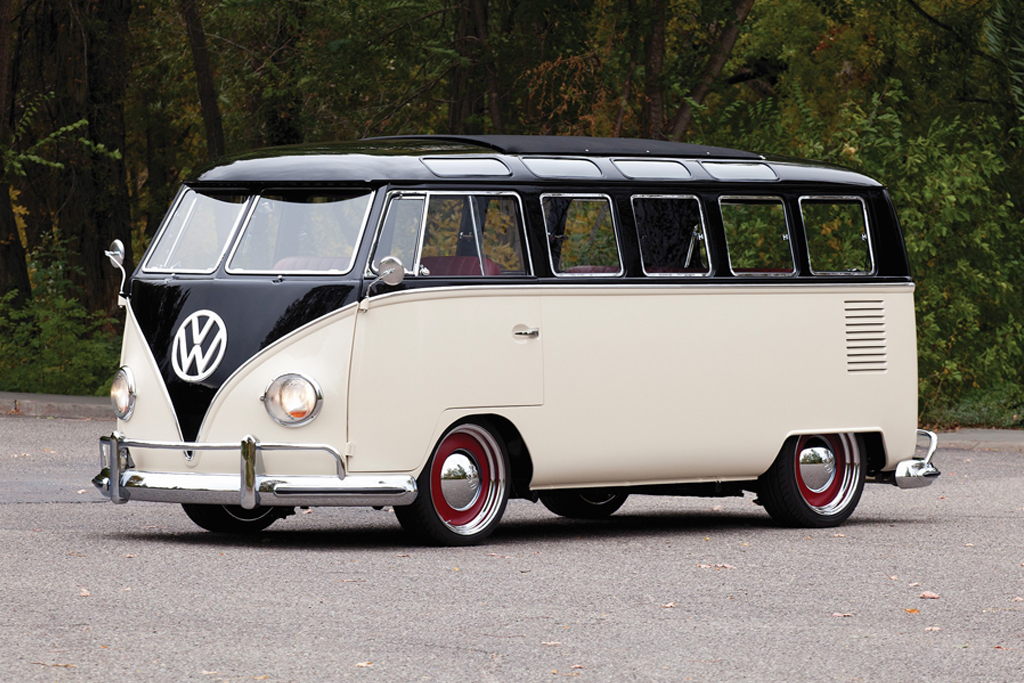Both vans and buses are popular options, when it comes to transportation by vehicle. Plus, from the perspective of someone with a passion for all things automotive, these can be especially exciting vehicle types. After all, there is a large amount of variety when it comes to both buses and vans, and so many ways to customize and modify your vehicle.
Some people may not care all that much about the technical distinction between a “bus” and a “van.” As it stands, much of the time, these two terms are used interchangeably. However, other car fans would disagree with this level of apathy. For that reason, whilst visiting an online car forum, you can probably dig up a heated debate (or two) over the true difference between a van and a bus.
At times, this sort of distinction can grow a bit murky. To this day, there is a fair deal of disagreement surrounding the technical difference between a van and a bus. Still, many car lovers have taken strong stances on this matter, even if they contend with the next person’s ideas.
So, what is really true? Are we able to truly distinguish between a bus and a van, in a way that all or most car fans should be able to agree with? That is exactly what we plan to look at, today.
What’s the Difference Between a Van and a Bus?

Even in the car lover’s community, there can still be some disagreement over the difference between a bus and a van. It can be difficult to find an objective position on the matter, due to the conviction behind many individual viewpoints.
Nonetheless, it is certainly worth seeking out the most objective distinctions between these two well-known vehicles. So, let’s examine a couple of the common distinctions between vans and buses.
What They Are Designed to Carry
Although there will always be some exceptions to this rule, buses and vans do have a distinct difference, when it comes to what they’re designed to carry from location to location.
Above all else, a bus is intended to transport (usually large) groups of people from place to place. Vans tend to have a bit more versatility, in this regard. While a van can be employed to transport individuals, vans are also suited for transporting various goods.
A van tends to have more versatility, in this respect. This includes the use of certain specially equipped vans, which can be utilized by television stations, serving as what is essentially a mobile studio. Postal services, courier companies, and other types of businesses or organizations can use a van to help transport goods.
The Positioning of Windows

Generally speaking, a bus is going to have windows that are located on both the side walls and the back of the vehicle. Well, what if the vehicle in question has solid walls, as well as a solid back door? Then there is a huge chance that this vehicle is actually a van, rather than a bus. However, this isn’t necessarily a rule that’s set in stone. It does serve as a good starting point, though, if you are unsure whether a particular vehicle is a bus or a van.
Where the Driver of the Vehicle Sits
There are certainly some exceptions to this, especially when it comes to older van models. Still, a common distinction between modern buses and vans relates to where the driver is positioned within the vehicle. Is the driver’s seat positioned over the top of the front wheels, with nothing additional placed in front of them? If this is the case, then there is a good chance that the vehicle you’re driving is a bus.
Alternatively, what if the driver’s seat is positioned behind the vehicle’s front wheels? What if you’re not actually situated at the very front of the vehicle? If you’re sitting behind the front seat in this way, then the vehicle is most likely a van.
What Is Van Short For?
The word “van,” as we use it today, is actually derived from the word “caravan.” Of course, a van wasn’t always the type of transportation we would expect to see, in modern times. In fact, the term “van” as a derivative of “caravan” actually existed prior to the popularization of motor vehicles — when literal caravans were still in use.
In the mid-1800s, the word “van” was used to describe a covered wagon that was employed to transport goods between locations. The word “caravan,” itself, is significantly older, however. There is evidence of “caravan” being used as far back as the mid-1600s.
Common Types of Vans
As we touched upon earlier, vans are a highly versatile mode of transportation. Whether you are hoping to move people or different kinds of goods, a van could be suited to your needs.
The Full-Size Van

Technically, “full-size van” is a term that can be used to describe any van larger than a minivan. A variety of different types of vans can fall under this category, with a wide array of potential uses. Typically, full-size vans are large and boxy in appearance, featuring a short hood, as well as a substantial capacity for transporting cargo or passengers. The earliest full-size van to be released by a major car manufacturer was the Ford Econoline in 1969.
The Step Van

This kind of van is popular in North America. The name gives us a pretty accurate description of what this van actually is — it’s a van where the driver is afforded an especially easy means to step in and out of the vehicle.
Often, you will see step vans being used in professions where a driver must repeatedly step in and out of their van, in order to perform a service. For instance, courier companies, delivery services, and even the US Postal Service’s parcel division typically utilize step vans to deliver packages via mail. Much of the time, step vans will be driven with the vehicle’s door remaining open. These vans tend to be even boxier in shape than many other types of vans. Additionally, they generally have higher rooftops than other kinds of vans, as well as wider bodies. However, it is extremely rare that a step van will be used in order to transport passengers. More and more we’re seeing the step van used as a food truck.
The Panel Van

Commonly known as a sedan delivery or cargo van, the panel van is a small cargo vehicle that lack windows on both the sides and rear of the vehicle. This lack of windows can be especially handy when it comes to providing riders with improved security, compared to some other types of vans. However, most times this type of van is used for the transportation of goods, not people.
Often times small business that have to travel short distances will use a panel van for delivery services or to transport their equipment. For example, a florist delivering fresh displays for a wedding. Or, a plumber, painter, locksmith or carpet cleaner that needs to bring with tools and small equipment.
The Luton (and Box) Van

If you are the owner of a standard driver’s license, then this is the largest van you can legally drive on the road. Whether you opt for a Luton van or a box van, you will receive a raised, closed cargo area. If you’re hoping to transport a large amount of cargo from one location to the next, a Luton or box van is likely the way to go. These vans are hefty, providing drivers with a substantial amount of storage space. Specifically, if you decide upon a box van, you’ll receive a cargo area that is separate from the vehicle’s cabin. Alternatively, this is all integrated within a standard Luton van.
Is a 15-Passenger Van Considered a Bus?
Actually, a 15-passenger van and a 15-passenger bus are different vehicles, altogether. There are actually a number of key differences between these two kinds of vehicles, which also leads one to be far safer than the other.
More often than not, a 15-passenger bus is going to be far safer to drive than a 15-passenger van. A 15-passenger bus features dual rear wheels, which can actually be highly useful to avoid dangerous rollovers. The construction of a 15-passenger bus also leads to additional protection, if an accident does occur. With a 15-passenger van, when an accident takes place, the vehicle’s occupants aren’t going to be as well protected. Plus, they are more likely to experience rollovers, in the first place.
Compared to the 15-passenger van, a 15-passenger bus is also significantly more comfortable, for all of its occupants. For one, riders are given substantially more headroom, allowing for an easier and more natural fit. A 15-passenger bus also possesses a useful center aisle, which makes navigation within the vehicle far simpler than in a van, which has a curb-side aisle. Finally, bucket seats (found in buses) are typically quite a bit more comfortable than bench seats (found in vans).
How Much Does It Cost to Buy a Minibus?
The average cost of a minibus is going to depend on a few factors. For instance, if you buy a new model, then you are obviously going to be handing over more money. That being said, a brand-new minibus can cost upwards of $50,000. On the other hand, if you opt instead for a used minibus, you’re going to get a lower price. Typically, a used minibus will cost somewhere between $10,000 and $35,000. This is a large range, but the cost is going to depend upon factors such as mileage, age, engine size, seating capacity, comfort features, and more.
How Much Would an Old Bus Cost?
Although the cost of an old bus will vary, they can often be found on the cheaper side. For instance, it’s quite normal to pay less than $10,000 for a vehicle, when you’re shopping around on the used bus market.

Image Credit: Barrett-Jackson
However, it depends on what kind of bus we’re talking about. For example, a well-cared for VW bus has actually appreciated with time. The average price of a VW microbus is around $50,000-65,000. And, if you can find a rare VW, you might be looking at six figures. Like, this 21-window 1965 VW Type II that sold for $302,500 at Barrett-Jackson in 2017:
Learn More About VW Buses
 Volkswagen released the first MicroBus in 1950, a year after DKW Schnellaster came out with their bus. VW called it a bus, while DKW called it a van. So, technically the first bus was actually a van!
Volkswagen released the first MicroBus in 1950, a year after DKW Schnellaster came out with their bus. VW called it a bus, while DKW called it a van. So, technically the first bus was actually a van!
Are you interested in learning more about the history and usability of the VW bus? Then keep reading: From Cargo to Counterculture to Car Shows—a History of the VW Bus.
And, for the real fans, shop our Vintage VW Bus collection and show your Volkswagen love to the world.
I’m a kid at heart disguised as an auto researcher and business owner. I’ve always enjoyed providing insight in the form of reviews (anime, video games, autos, etc.) When I’m not researching, I’m spending time with my family, driving my Dodge Challenger, riding my motorcycle, and finding new entrepreneurial pursuits.


